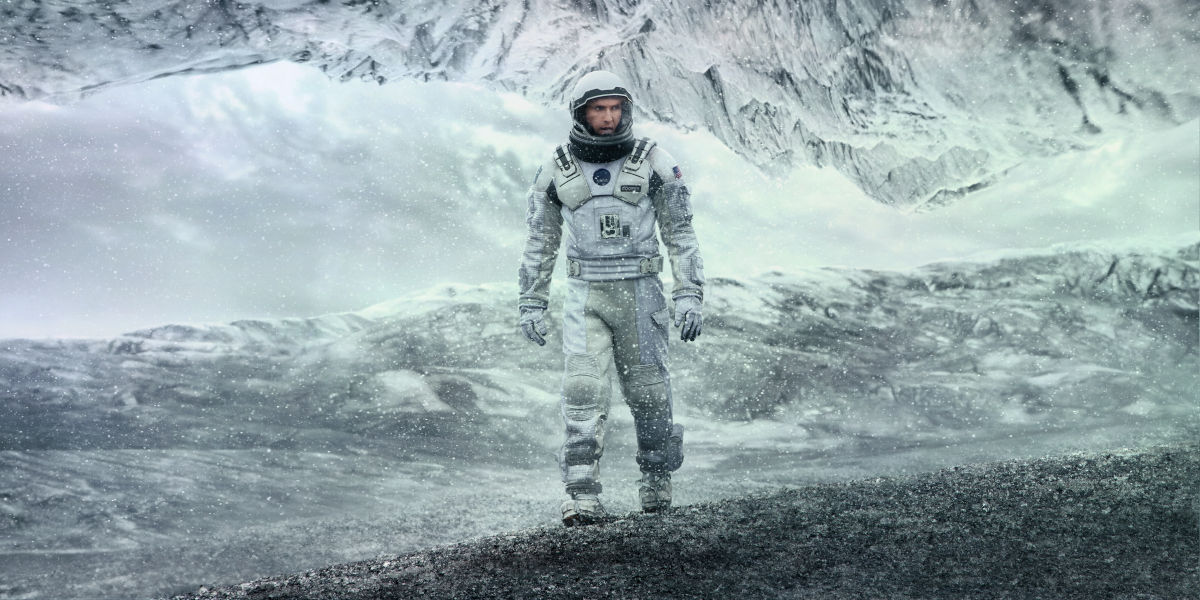In the realm of science fiction, "Interstellar" stands distinctly tall. The sci-fi movie wove a tale of cosmic exploration and love with the fabric of theoretical physics, resulting in a cinematic masterpiece. But how sterling was the Interstellar Science Accuracy? Did the film distort or embellish the fabric of scientific knowledge in its narrative? This article will plunge into the eye of this cinematic black hole to explore the Interstellar Black Hole Realism and the accuracy of the science behind it.
A Scientific Odyssey: Setting the Stage
The story sprawls across galaxies, soars through wormholes, and unfolds on the edge of a gargantuan black hole. Christopher Nolan, the director, creates an exhilarating story that finds its roots in relativity theory and wormholes' science. The plot captures the thrill and danger of space exploration while confronting the infinite complexities of space and time.
However, Nolan did not forge this Interstellar journey alone. Physicist Kip Thorne, a Nobel laureate and an expert on gravitational physics and astrophysics, was an executive producer and scientific consultant on the project. Thorne's involvement ensured that "Interstellar" was not merely a fantastical voyage melded with high-end CGIs but a theoretical journey rooted in scientific theories and principles.
'Interstellar' Black Hole Realism Unveiled
The cornerstone of the 'Interstellar' exploration is the black hole "Gargantua," around which a significant part of the movie's narrative revolves. Gargantua's interpretation in the movie is based on the principles of gravitational lensing and relativity theory. The movie projects the black hole as a massive, rapidly spinning disk of hellfire rather than the usual depiction of a dark silhouette against a starlit background.
Gargantuan by name, nature, and visual representation, 'Gargantua' effectively lives up to its moniker. It is a fantastical representation, no doubt, but is it scientifically realistic, or has the movie strayed into the realm of make-believe? To answer this, we delve into the scientific understanding of black holes. Black holes are regions in space-time where gravity is extremely strong, usually caused by a massive object condensed into a relatively small space.
Unveiling the black hole realism in the movie, Thorne explained, "We fed all the information - the mass, the speed of rotation, the size - into our special-effects software." The result was an accurate depiction of what a black hole would look like: a giant, spinning disk of gas and matter, not a traditional funnel-shaped hole. This marked a turning point that left a lasting imprint on how black holes would be depicted in sci-fi genre henceforth.
Tackling the Question: How Accurate is the Science in 'Interstellar'?
While exploring How Accurate is the Science in Interstellar, we need to delve into the intricate details of the movie's narrative. The film, at its heart, is about Cooper (Matthew McConaughey) and his journey through space to save humanity. His journey, however, isn't a simple jaunt between star systems. The journey involves traversing wormholes and circumnavigating black holes, all of which affect the traveller's time.
Theoretical Framework of Space-Time
Much of the brilliance of Interstellar is owed to physicist Kip Thorne, who served as an executive producer on the film and supplied its intriguing, science-based narrative. Interstellar's exploration of the potential for traversable wormholes and the effects of time dilation draws on Einstein's Theory of General Relativity, which posits that gravity is not a force acting across space, but a warping of space-time by matter. Massive objects, like stars, distort this fabric, creating curvature that we recognize as gravity.
Based on this theory, a planet near a supermassive black hole would experience time much slower than a planet farther away. This is what's happening when Cooper's crew lands on Miller's planet near Gargantua: for every hour they spend there, seven years pass outside the black hole's gravitational pull.
Interstellarís depiction of a black hole is apt: it's theoretically possible for a black hole to spin at almost the speed of light, pulling space-time into a whirl around it. This creates a flattened, rotating disc known as an 'accretion disc'.
However, there are several assumptions made in the film for the sake of cinematic experience, stirring debate among viewers and scientists alike. Some arguments included the possible outcomes when a spacecraft attempts to navigate a wormhole, or the lack of consideration for quantum mechanics which needs to be reconciled with gravitational forces at the event horizon of a black hole, according to current scientific understanding.
The Realism Factor
Many elements in Interstellar serve as accurate, yet simplified illustrations of complex scientific concepts. Gargantua, the black hole depicted in this film, is a stunning example. To replicate its appearance accurately on screen, the film's visual effects team had to write and solve a set of equations, guided by Thorne's expertise. They projected the paths light would take around a rapidly spinning black hole using Einstein's equations, generating a stunning, visually accurate representation.
Despite Gargantua's scientific accuracy, other aspects of Interstellar required some creative liberty. The film's representation of a wormhole, for example, presents it as a spherical object, similar to looking through a tunnel. While this works for the narrative, it's not exactly a proven view. Scientists don't know what wormholes would look like, and, in fact, we've never detected one. Wormholes are currently only a part of theoretical physics.
Conclusion: Entertainment and Accuracy
In sum, Interstellar's foray into space-time, black holes, and relativity provides a riveting cinematic narrative backed by a significant amount of scientific theory. Its depiction of science doesn't completely match with our current understanding of the universe, but it offers mind-expanding possibilities that challenge our knowledge boundaries.
Interstellar finds a delicate balance between capturing the audience's imagination and representing complex scientific concepts with authenticity. It's not perfect, but it certainly enthralls the viewers and appeals to the nerdiest senses of astronomical geeks, making it a scientific cinematic masterpiece of its time. Indeed, as is often the case with science fiction, it is the bridging of fact and fiction that makes the narrative so captivating.




